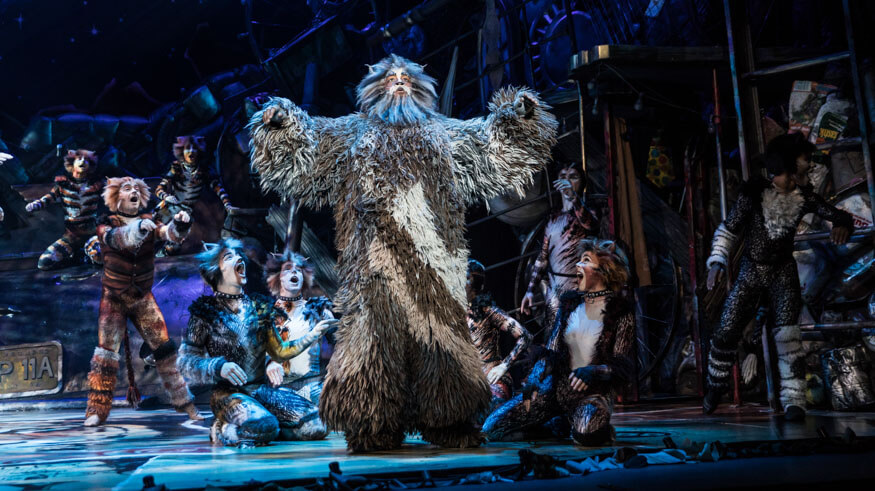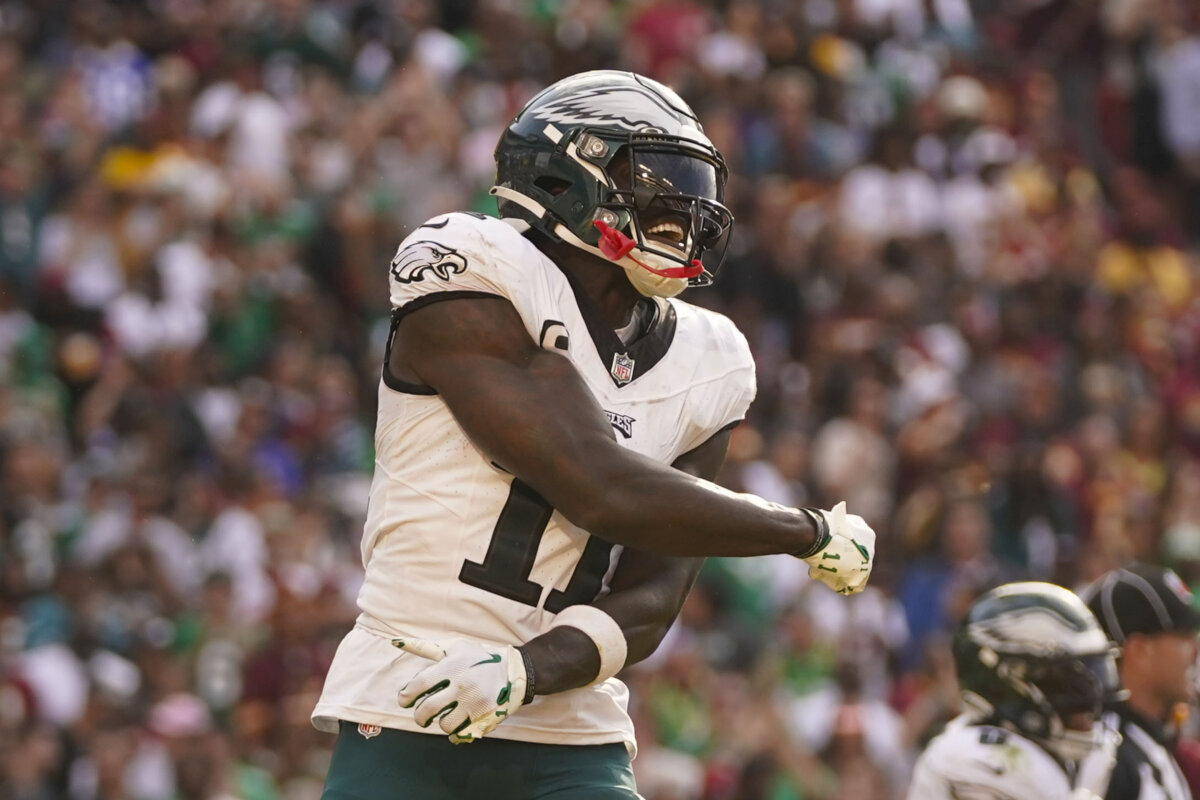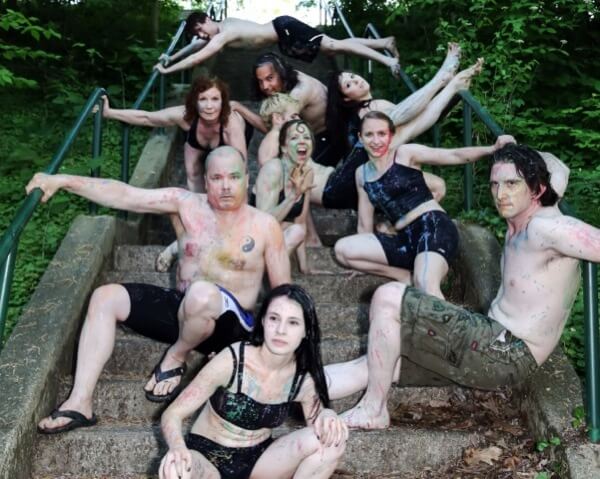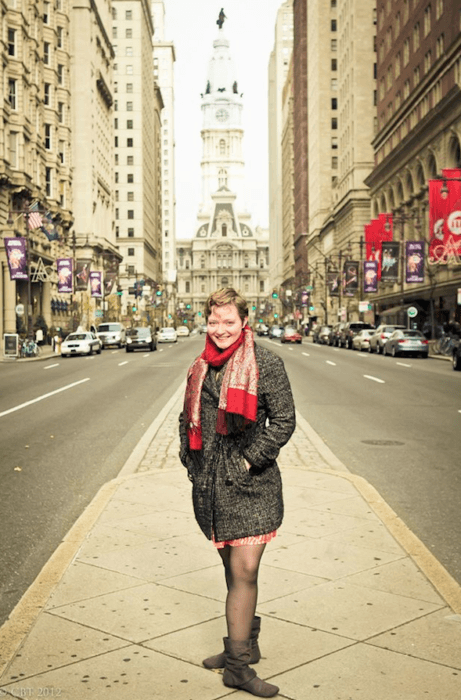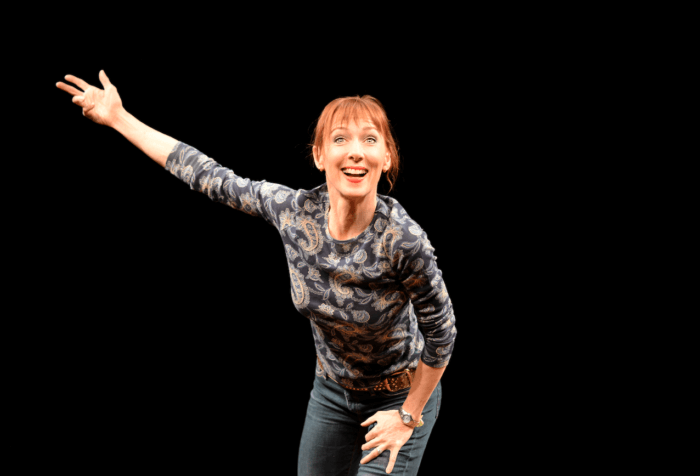Whether you’re a die-hard theater fan or someone who has never even seen a stage show, chances are you’ve heard of the wildly popular “Cats.”
“Cats” premiered almost four decades ago in London and immediately was deemed as “ahead of its time.” The plot, costumes, staging and music are almost incomparable: There has not been another show quite like this. The massively influential production is headed to the City of Brotherly Love this month and will be at the Forrest Theatre from June 18 to 30. Justin Geiss, who plays a swing role in the incredible staging, sat down with Metro to discuss his passion for the show, talk about what goes into his role, and delve into why “Cats” continues to push the boundaries of theater.
Have you always been involved with theater? How did you land the part in “Cats”?
Theater is something I’ve always loved and have always been a part of since I was really, really little. My mom used to sing professionally and taught music in schools, so she really loved taking us to [see shows]. I was that kid that was just so excited to be there. When I was 7, I started ballet, and I trained for 12 years. As I got older, I was realizing that ballet just wasn’t where my heart was anymore. I was constantly looking at all of these musicals that were popping up, and I was like, “Oh, I would love to be in that, but I could never do that.” I had this voice teacher, Jack Beetle, who said, “You can do this. You can do it if you put your mind to it.” I kept that with me for a couple of years and then I just decided [that] I have to go try it, to just see if I can do it. If I can’t, then I’ll come back, but I have to try. So I left and did a production of “A Chorus Line” — my first musical I’ve ever done. I had so much fun. That was a little bit over a year ago. Then I did a production of “Newsies” and then I booked “Cats,” so it’s been a fast transition for me as far as delving into musical theater. But “Cats” is a show that I’ve always absolutely loved and always kept close to my heart.
In “Cats” you perform as a “swing.” What roles do you get to play in the show?
Getting to be a swing is very special. I understudy about eight people in the show [including] a booth singer, which isn’t talked about as much but is very important to the show. We all are mic’d onstage and we all sing, but as everybody knows, “Cats” is a really hard dancing show, and there are some times where you are upside-down in a cartwheel or doing a split, and there is just no way you are going to produce sound. So we have four people who sit by the orchestra with microphones for each vocal part, and they sing the ensemble parts for the show. Now, whenever we have a solo [onstage], it’s us singing; the booth singers are just there to give us some support. Whenever one of them gets sick, they swing me into the booth. Then I cover a couple of ensemble cats: Pouncival and Tumblebrutus, who are kittens; Coricopat, who is one of the twins and one of the very fun and interesting cats to play; and then I cover Alonzo. As far as features go, I also cover Mungojerrie, Skimbleshanks and Mistoffelees. I’ve never swung before, so not only to have my dream show be the thing I’m swinging for, but to be given seven people and a booth part — that was a lot, but I love it.

“Cats” to this day is still so wildly popular. What do you think makes this show so timeless?
Let’s think about when this show came out. What other shows were surrounding it in this arena? It was girls in tiny little costumes with their heels on and the men were in pants and a shirt, and everyone was doing very traditional, jazzy stuff. So this show came out and kind of wiped away the fact that you need that very clear plot, and also put dancers onstage that were trained classically and, at the time, could do what average musical-theater dancers couldn’t do. Then to put them in the mindset of, now you have to be a cat, not just be this beautiful dancer. You have to be feline and you have to maintain this while also telling a story — it was revolutionary. It really was. The original production was done in the round, so the audience was in the junkyard with you. [During] the overture, the cats were crawling through the audience and touching the audience. It was a very unnerving thing. At the time, you didn’t go into the audience. There was this fourth wall that was very clear and it wasn’t broken. So to all of the sudden have this cat crawl over you and you just paid money to see this — it was a lot. I think that aspect of it has really translated to today. It was so revolutionary when it came out. It was built on this idea of pushing the boundaries of what theater can be. Every time a new production comes out, we are still pushing the boundary of what it can be, more and more.
Did you feel pressure since the show is so iconic?
Oh my god, yeah. I was very nervous when I booked, I was freaking out a bit. At first, I was really excited, and then I got really nervous because I just find this show [to be] so amazing. It means so much to so many people. It’s not just if the show is good or bad, it’s more that I hope that I’m doing it justice.
The Forrest Theatre is located at 1114 Walnut St. For showtimes, tickets and more information, visit shubert.nyc/theatres/forrest.



